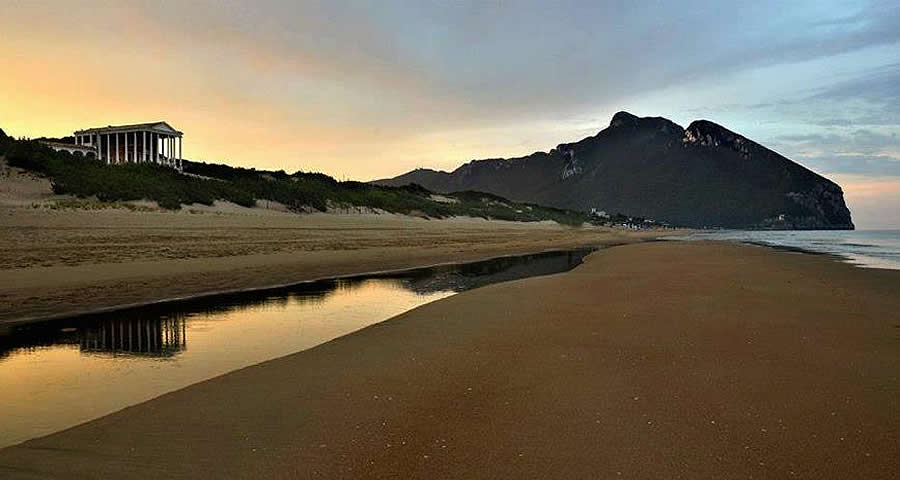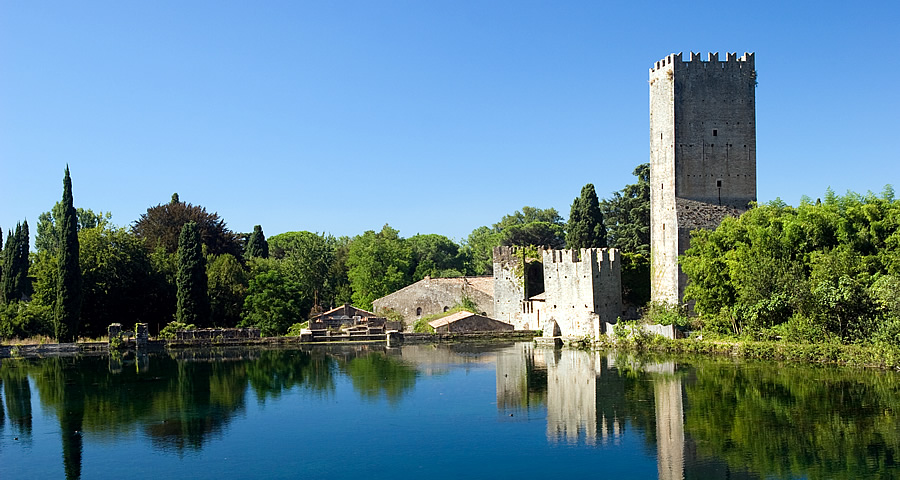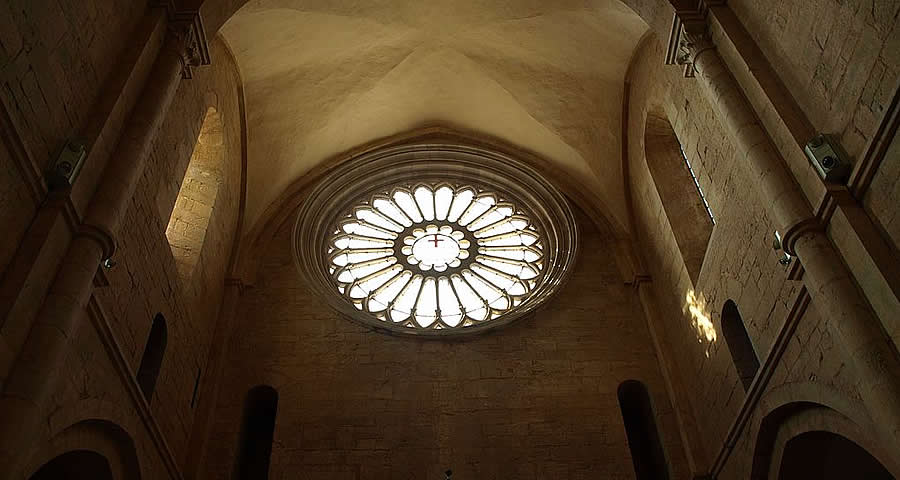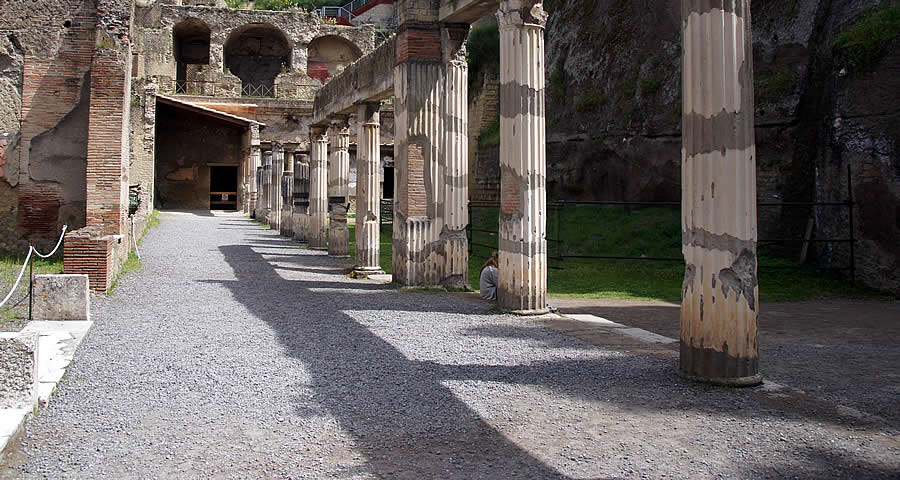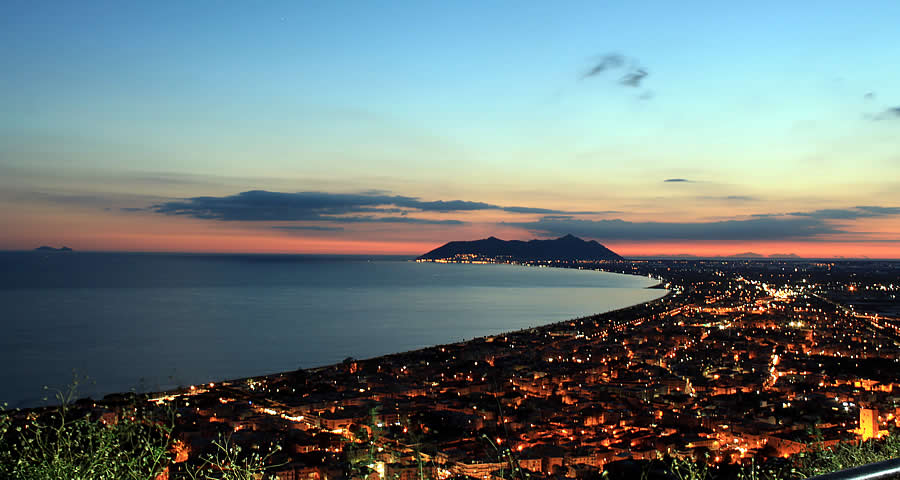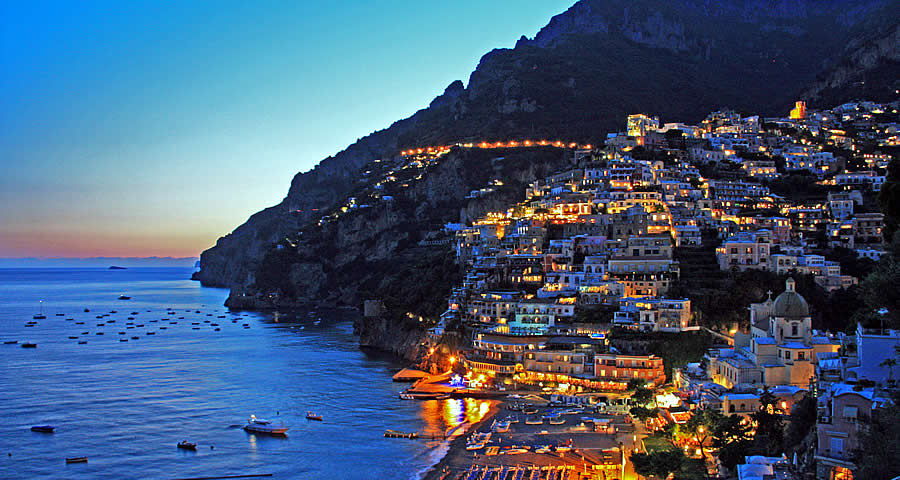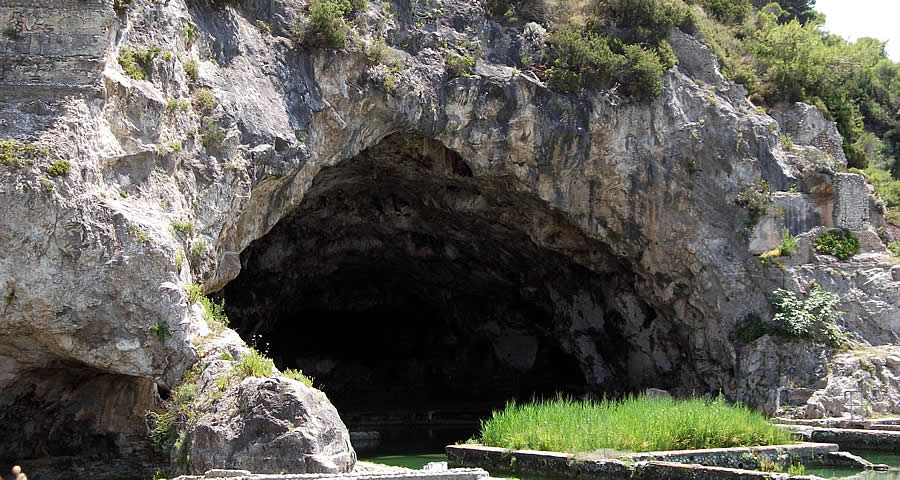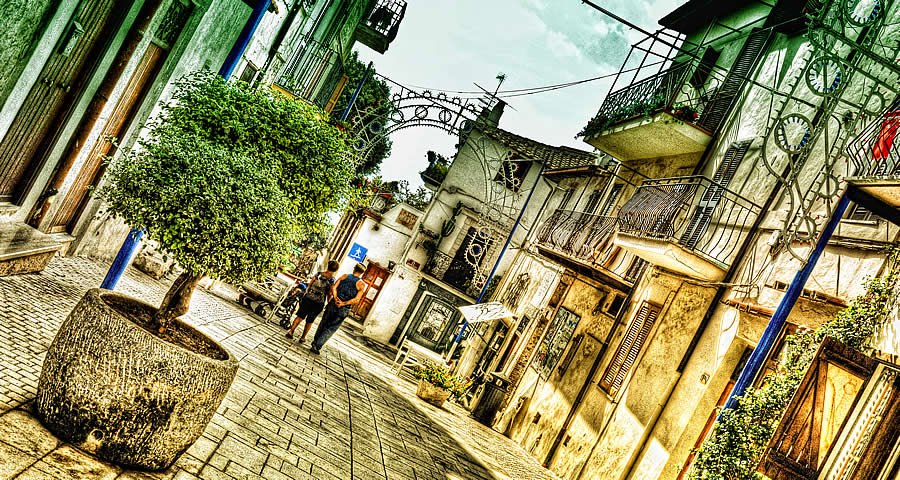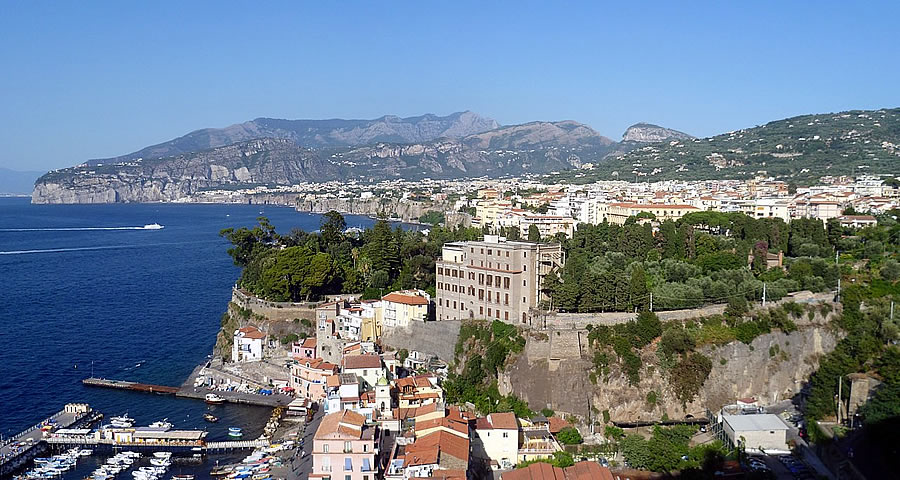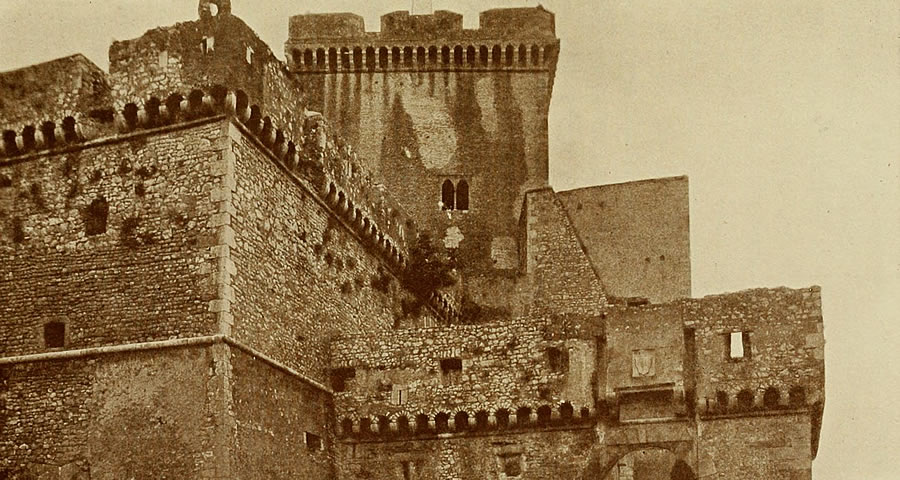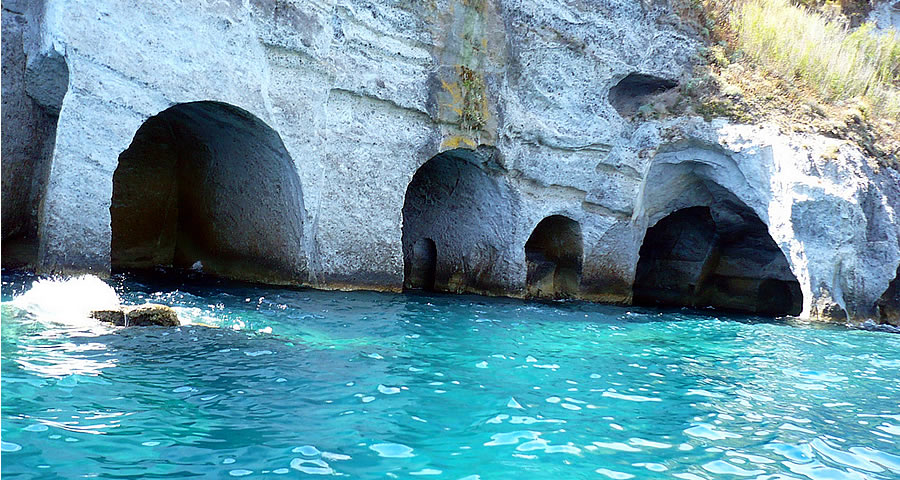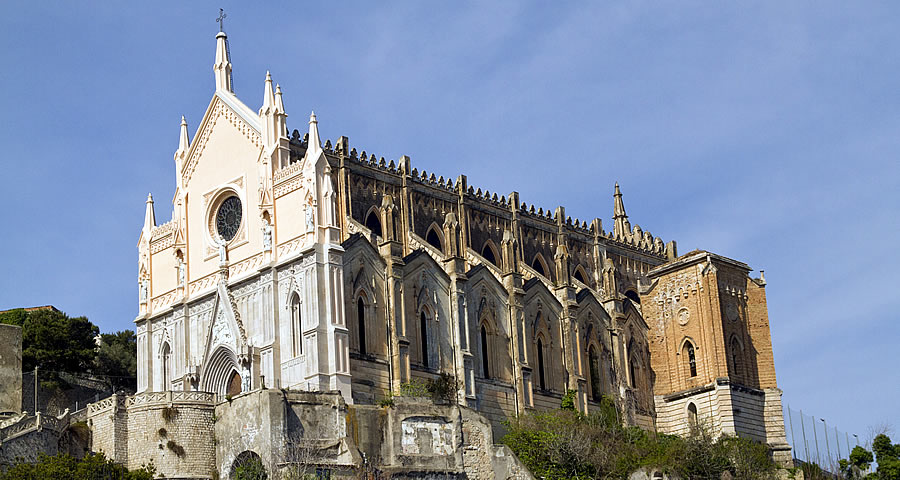Mount Cassino Abbey Italian beach private house summer holiday tours

Mount Cassino Abbey Italian beach private house summer holiday tours
Cassino's origins lie in in the Volsci settlement of Casinum, at the base of the nearby Monte Cairo.
Casinum passed under the control of the Samnites, but the Romans eventually gained control of Casinum, establishing a colony there in 312 BC.
At least once during Punic Wars, Hannibal passed near Casinum.
Casinium was also the site of a Villa belonging to Marcus Terentius Varro.
The modern town which arose on the site of the ancient town of Casinum was called San Germano, but in on 28 July 1863 the name was officially reverted to Cassino.
The site of fierce fighting during the battles of Monte Cassino during World War II, the old town was almost completely destroyed and was rebuilt south-east of its prior location.
Mount Cassino Abbey
Mount Cassino Abbey Italian beach private house summer holiday tours is a rocky hill about a mile to the west of the town of Cassino ( the Roman Casinum having been on the hill ) and 520 m ( 1700 ft ) altitude.
It is noted as the site where Benedict of Norcia established his first monastery, the source of the Benedictine Order, around 529, and of major battles towards the end of World War II.
As so often with early Christian institutions, the monastery was constructed on an older pagan site, a temple of Apollo that crowned the hill, enclosed by a fortifying wall above the small town of Cassino, still largely pagan at the time and recently devastated by the Goths.
Benedict's first act was to smash the sculpture of Apollo and destroy the altar.
He rededicated the site to John the Baptist.
Once established there, Benedict never left.
At Monte Cassino he wrote the Benedictine Rule that became the founding principle for western monasticism.
There at Mount Cassino he received a visit from Totila, king of the Ostrogoths, in 580 (t he only secure historical date for Benedict ), and there he died.
The heathen cult was still practiced on this mountain site in the temple of Apollo and in a nearby holy grove to which a sacrifice area was adjoining.
Mount Cassino Abbey Italian beach private house summer holiday tours became famous for the prodigious life and the Sepulcher of its founder.
Through the ages, the abbey was looked upon as a place of holiness, culture and art for which it became renowned on a world-wide level.
Around 577, the monastery was destroyed by the Longobards of Zotone, Duke of Beneventum, but early in the VIII century Pope Gregory II commissioned the Brescian Petronace to rebuild the monastery.
In 883, the Saracens invaded and sacked the Monastery and burnt it down, causing the death of Bertarius its saint Abbot, Founder of medieval Cassino.
The surviving monks first fled to Teano and later to Capua.
Monastic life was only fully resumed towards the middle of the tenth century, thanks to Abbot Aligerno.
The third destruction, caused by an earthquake, occurred in 1349.
Nothing but a few walls remained of Abbot Desiderius splendid building.
Many new additions and embellishments were made during reconstruction so that the Abbey acquired the greatness and the imposing appearance it conserved until February 15 1944.
During the final stage of World War II when Mount Cassino happened to be on the firing line.
This place of prayer and study which had become in these exceptional circumstances a peaceful shelter for hundreds of defenceless civilians, in only three hours was reduced to a heap of debris under which many of the refugees met their death.
Reconstruction and decoration works took more than a decade and were exclusively financed by the Italian State.
